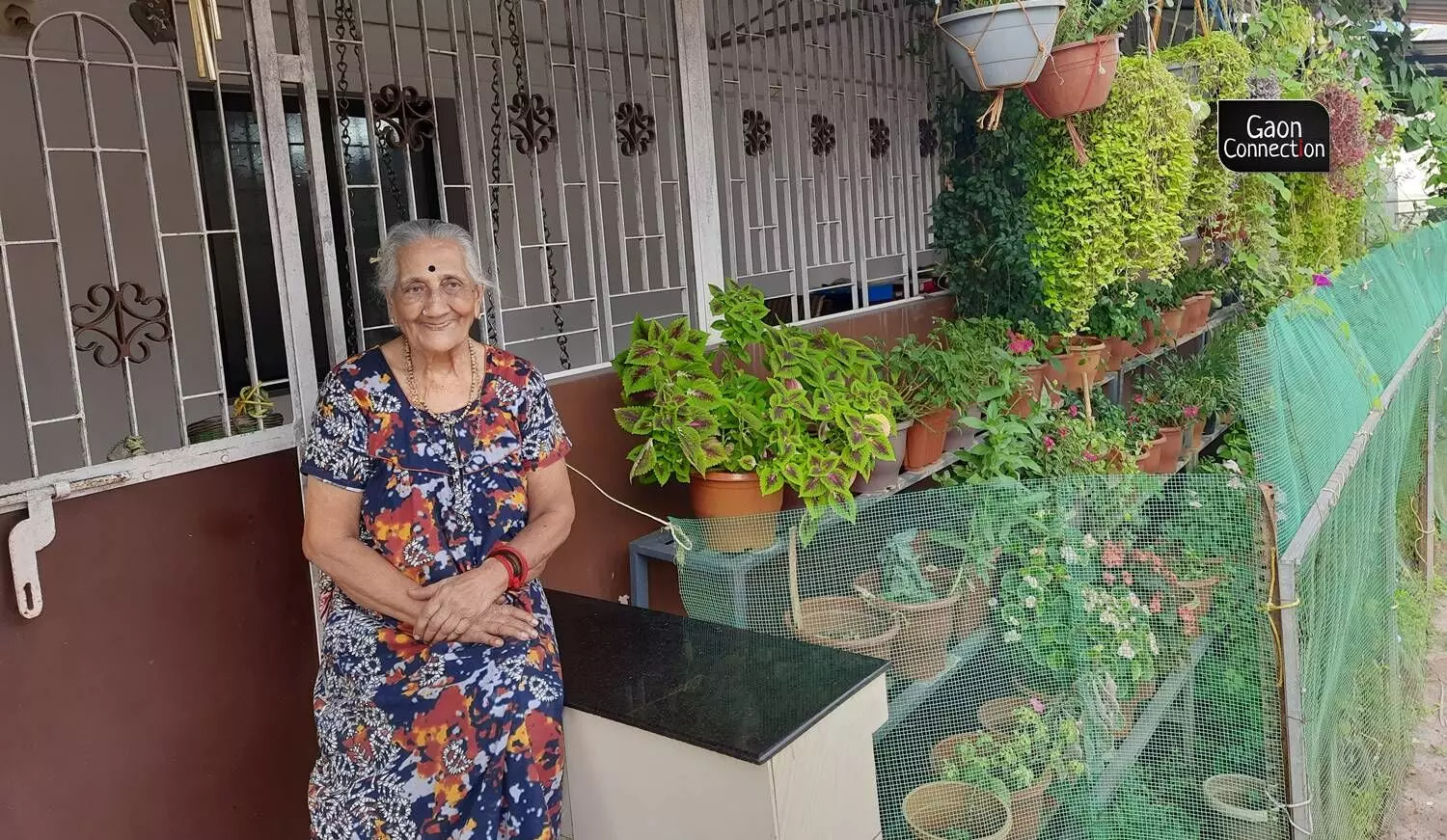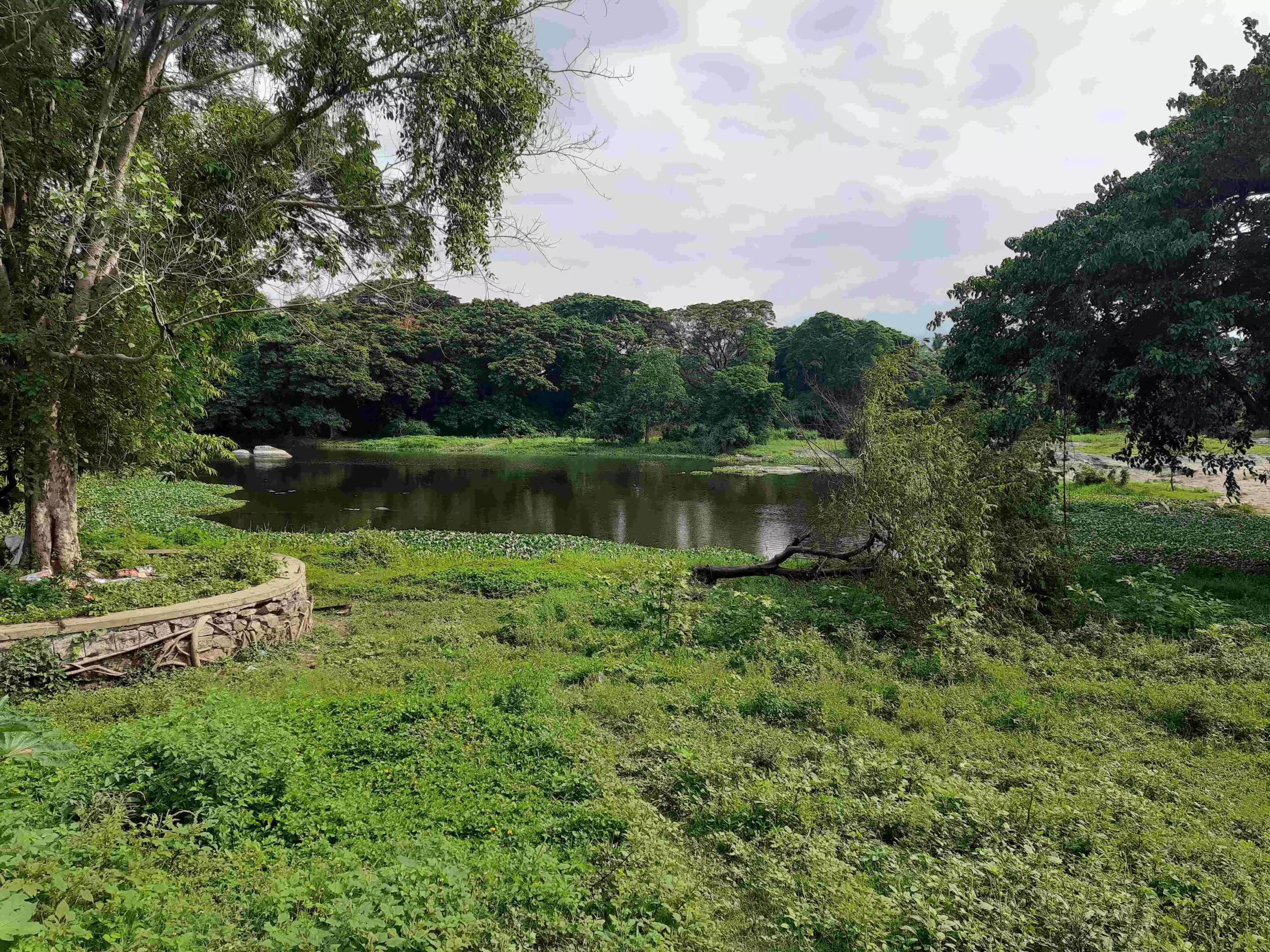Kalpathy (Palakkad), Kerala
It just feels cooler looking at the Neela river. The still, mirror-like waters, the undergrowth on the banks and many many trees offer some respite from the muggy hot Sunday morning. From behind us comes the sound of bells from the Varadaraja Perumal temple.
I accompany Latha Anantharaman, writer and journalist, on a walk in Kalpathy, in Palakkad district, and there is history to be had at every sit out that runs in the front of the homes in the agraharam.
The houses on either side of the road stand cheek by jowl and through an open door here and there one can see the cool interiors, red oxide flooring and in the distance the back door opening into a little garden, perhaps. There are kolams in front of most homes and it is all so quiet.
There are 18 agraharams in and around Palakkad town and many more across Kerala especially in Thiruvananthapuram, Thrissur and Wayanad. These are settlements that came about when families from the Cauvery basin in Tanjore (Thanjavur, Tamil Nadu) migrated here and settled on the banks of the Neela river, somewhere in the 15th century.
Also Read: The Sounds of Silence in Matheran

Subbalakshmi Narayan is 94 years old. She is from Kalpathy and has lived a big part of her life in Mumbai. Flowerpots on shelves and hanging from the eves of her roof are bursting with flowers. She enjoys singing, she said.
They brought with them their own lifestyles, rituals and traditions, and stayed close to each other in the agraharams, and usually built a temple to the deity they had to leave behind, back home. So we pass several temples to Vishnu, Shiva, Ganesha…
In his book From Cauvery to Neela, KN Lakshminarayanan, who is from Kalpathy, wrote about the history of the area. In that he beautifully likens the homes around the temple to “flowers strung on a garland” with the temple representing the pendant!
The agraharams we walk in are Govindarajapuram, New Kalpathy and Old Kalpathy. We stop by to admire a bank of flowers outside one of the houses and a lady emerges and gives us a friendly smile. We stop, natter a bit and proceed to have coffee at Lakshmi Vilas, which is surely more than 100 years old.

There is barely a ripple on the Neela river. Migrants from the distant Cauvery Basin, built homes on her banks as far back as the 15th Century and have been living in them ever since.
We get lucky. It is only 9 am, yet the breakfast is about to run out. But a few foodies sit down and are happy to eat whatever is left over. “Lunch is ready, if you want,” Anandan Mama asks. We settle for hot coffee and wend our way back to the car.
Also Read: The Ger of the Nomads of Mongolia
There are sweetly named streets. We pass the Pappada Kaara Thiruvu. It is named so because pappada-makers lived here once. What a fun address that would be! There used to be a Kalchetty (stone vessels) street and even a poosnikai thiravu (pumpkin sellers did brisk business there). Most of these roads are renamed. A pity because they have such a nice ring and are indicative of the economic history of the place.

Wall art on an old house that is tastefully preserved.
In 2008, Kalpathy was declared a heritage area.
Also Read: Rural getaways for a rejuvenating experience
The closest railway station to Kalpathy is Palakkad and the nearest airport is across the border at Coimbatore in Tamil Nadu. Kapathy thrums with activity during the 10-day chariot festival which is organised between November 14- November 16 every year.when temple chariots from four temples in Kalpathy are drawn through the streets of the village.




















